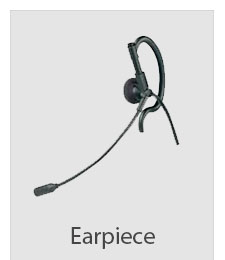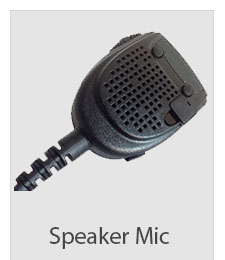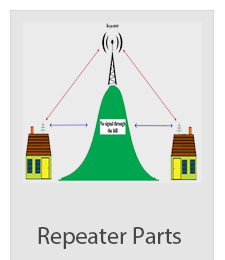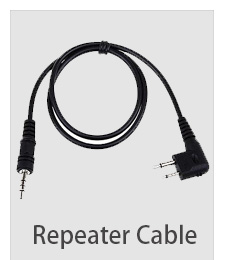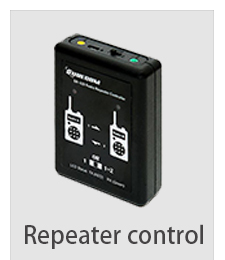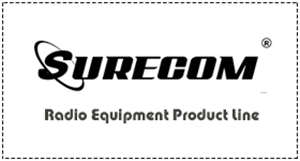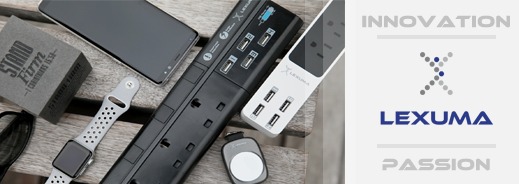Commercial radio
Commercial Radio is a radio station that generates revenue through advertising, also called radio commercials, radio spots or advertising jingles. The advertisements are released by companies which find the commercial radio to be a good medium to take their message to their customers. Several companies also sponsor popular programmes to reach out to their audience. However, the commercial radio should have a large listener base to attract the advertisers. This, in turn, depends on the kinds of programmes the radio station broadcasts.
Generally, commercial radio stations broadcast popular music to build their listener base. They also provide useful information like local traffic alerts, sports news etc to keep the listener interested. To ensure that the listeners do not switch channels, commercial radio stations employ radio jockeys who keep the listeners entertained with their smart presentation and glib talk.
KDKA in Pittsburgh, which is owned by Westinghouse, is considered to be the first licensed commercial radio station in the United States. It started daily broadcasts in November 1920. The first paid commercial in radio history was broadcast in 1922. It was released by AT&T on a New York radio station called WEAF.
Since then, commercial radio has come a long way. It literally dominates airwaves in the US and Latin America. Commercial Radio is also popular in Europe and Asia though non-commercial radio or public broadcasting co-exists with it in several European and Asian countries. The key difference between commercial and non-commercial radio is funding. Unlike commercial radio which depends upon advertising as its key source of funding, non-commercial radio companies, which are called national broadcasters or public broadcasters, are either subsidized or funded by governments or get their income from broadcast receiver licence fee.
One of the pioneering commercial radio stations in Asia was Radio Ceylon. Its Hindi service that broadcast Hindi film songs was immensely popular across the Indian sub-continent n the 1950s and 1960s. Listeners across India tuned in every week to Binaca Geetmala, a weekly top ten playlist that was anchored by Ameen Sayani. The station interspersed its programmes with radio spots that included jingles from such famous brands as Lux and Coca Cola.
https://www.409shop.com/shop.php
Telecommunications Knowledge
|






